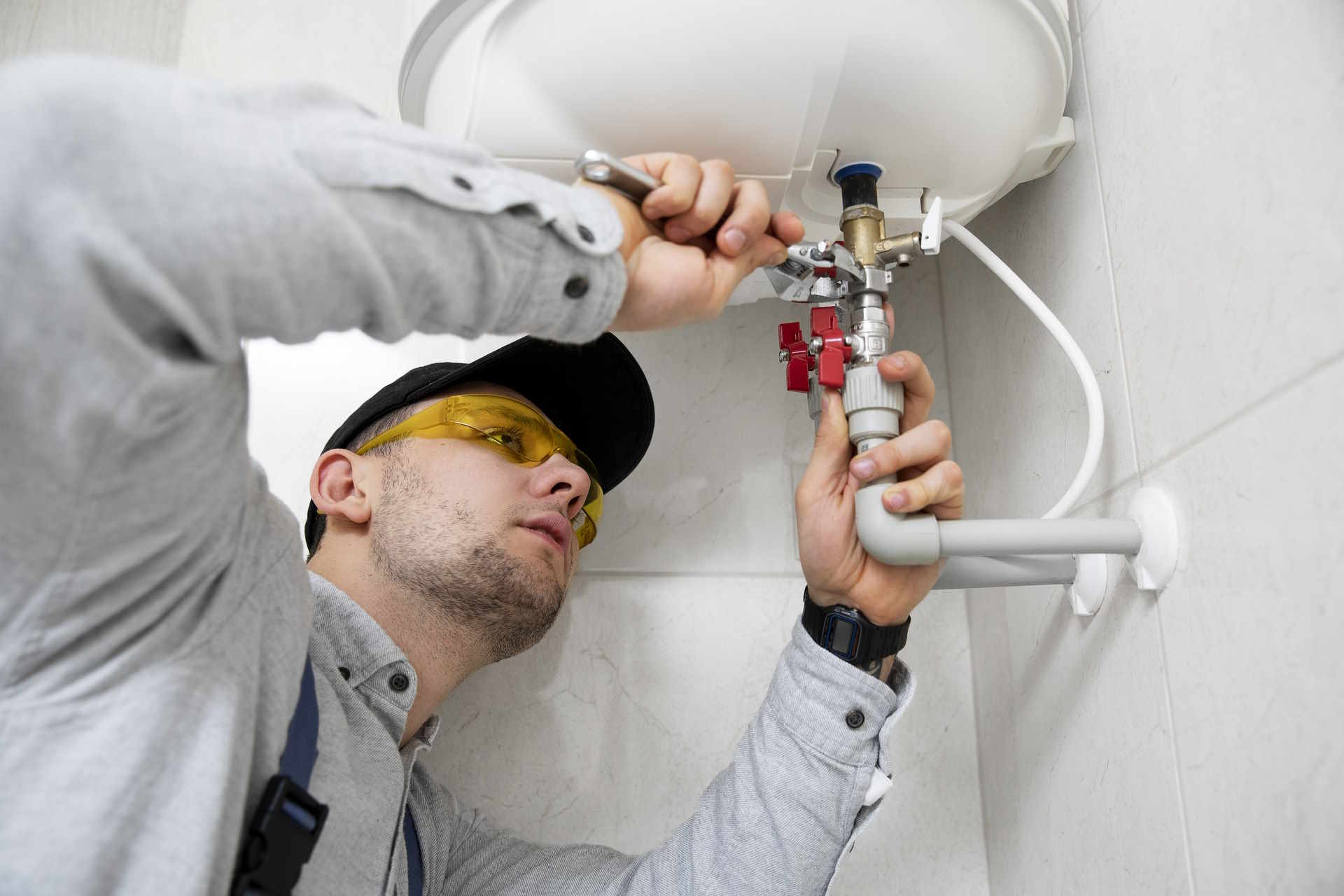Rapid Flu Test Kits for Your Home: The Fastest Way to Detect Influenza Early
Rapid flu test kits give you a quick and convenient way to check for influenza right at home—often in just minutes. With symptoms like fever, chills, and fatigue easily confused with other illnesses, these tests help you get clear answers fast so you can seek timely treatment, protect loved ones, and prevent the flu from spreading.

When flu season arrives, waiting days for a clinic appointment or lab result can be stressful. Rapid at-home influenza tests offer a practical way to screen for flu A and B using a small nasal swab and an easy-to-read device. While they’re not a substitute for professional diagnosis, they can inform decisions about staying home, contacting your healthcare provider, and reducing the chance of spreading illness to others in your household or community. In the United States, look for tests authorized by the FDA and follow the instructions closely to get the most reliable result.
This article is for informational purposes only and should not be considered medical advice. Please consult a qualified healthcare professional for personalized guidance and treatment.
How do at-home flu tests work?
Most rapid kits are either antigen tests or molecular tests. Antigen tests use lateral flow technology to detect proteins from influenza A and B in your sample. After you collect a swab from the front of your nose (anterior nares), you mix it with the kit’s solution and apply it to a test device. Results typically appear in 10–30 minutes. A control indicator shows whether the test worked, and separate markers indicate influenza A and/or B if detected.
Molecular tests (often called NAATs) amplify genetic material from the virus, which generally improves sensitivity compared with antigen tests. Some molecular kits are designed for home use and may require a small, battery-powered reader or a connected app. These often take longer than antigen tests but can be better at finding lower levels of virus. Always check the kit’s instructions for storage temperature, result-read window, and disposal steps. Reading the result too early or too late, using an expired kit, or storing it incorrectly can affect accuracy.
Because respiratory symptoms overlap, some home kits bundle testing for multiple infections, such as influenza A/B and SARS‑CoV‑2. If your symptoms are severe, if you’re at higher risk for complications, or if your result doesn’t match how you feel, contact a healthcare professional or use local services, such as urgent care or telehealth, for further guidance.
Benefits of Early Detection and Treatment
Knowing quickly whether you may have influenza helps you take timely, practical steps. Early detection can support prompt conversations with a clinician about antiviral medications. Antivirals are generally most effective when started as soon as possible after symptom onset, ideally within about 48 hours, and may reduce the duration of illness and risk of complications in people at higher risk. Early awareness also helps you isolate sooner, practice better hygiene, and inform close contacts to minimize transmission.
Rapid results can clarify next steps when symptoms could be caused by different viruses. For example, if a kit detects influenza rather than a different illness, you may focus on rest, hydration, and monitoring, while discussing with a clinician whether treatment is appropriate for your situation. In households with children, older adults, or people with chronic conditions, quick answers can reduce uncertainty and help organize care, including when to seek local services or confirmatory testing.
Choosing the Right Rapid Flu Test Kit
Selecting a kit is easier when you focus on a few practical criteria. First, look for FDA authorization for at-home use and check the kit’s intended age range and indications (for example, detection of influenza A and B, or combination panels that also assess SARS‑CoV‑2). Second, consider the test type: antigen tests are typically quicker and simpler, while molecular tests can offer higher sensitivity but may involve a digital reader and slightly longer runtime.
Third, review usability details: sample type (usually anterior nasal), number of steps, time to result, and whether the kit provides clear visuals or app-based instructions. Check storage conditions and shelf life, and confirm the kit is within its expiration date. Finally, consider practical support—accessible instructions, language options, and responsive customer service—especially if multiple family members might use the kit across the season.
Accuracy matters, but it’s important to interpret performance numbers carefully. Sensitivity and specificity can vary by brand, the timing of testing relative to symptom onset, and how well the sample is collected. Even a high-performing kit can yield a false negative early in infection. If your symptoms are significant or you are in a higher-risk group, consult a clinician regardless of a negative result; they may recommend confirmatory testing or treatment based on clinical judgment.
How you use the kit also influences reliability. Wash your hands, swab both nostrils as instructed, and use the exact number of drops and timing specified. Read the result within the recommended window and avoid touching the test strip. If the control indicator fails, the test is invalid and should be repeated with a new kit. Keep a spare on hand during flu season so you can test promptly when symptoms start.
Because respiratory viruses circulate at different levels throughout the year, pay attention to local public health updates and availability of local services in your area. Pharmacies and retailers often restock before and during peak season, and many telehealth providers accept home test information as part of your symptom history. If you live with someone at higher risk, discuss a plan in advance that covers when to test, how to isolate within the home, and how to seek care if symptoms worsen.
A home testing plan can also include knowing when not to rely solely on a rapid test. Severe symptoms such as difficulty breathing, chest pain, confusion, or persistent high fever warrant immediate medical evaluation. Similarly, if you have chronic conditions, are pregnant, or care for an infant, a clinician can help determine whether additional testing or treatment is needed even if a rapid test is negative.
In summary, at-home rapid flu tests can provide timely, actionable information during respiratory virus season. By understanding how the tests work, using them correctly, and choosing a kit that fits your household’s needs, you can make more informed decisions about care, reduce the risk of transmission, and coordinate next steps with healthcare professionals or local services when needed.




